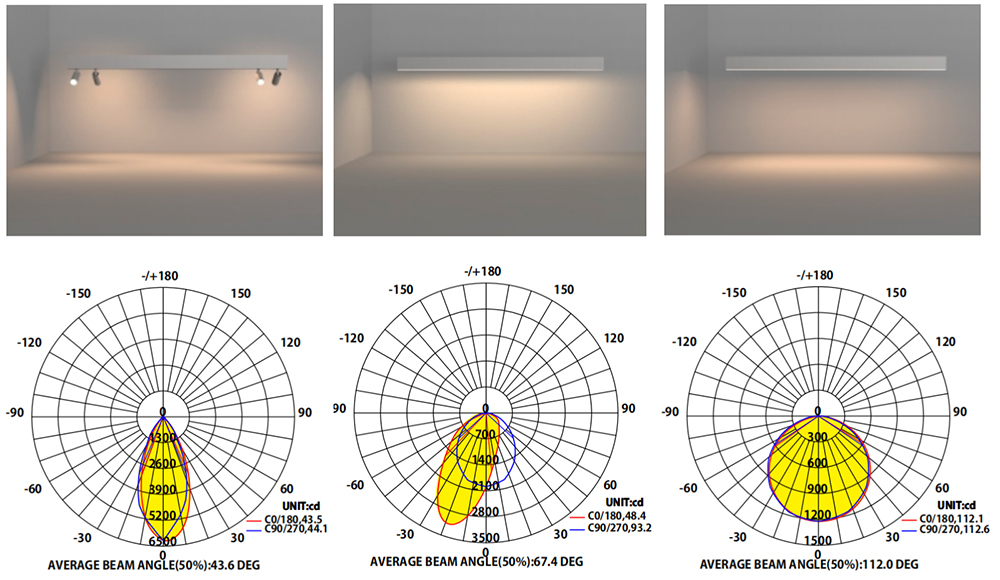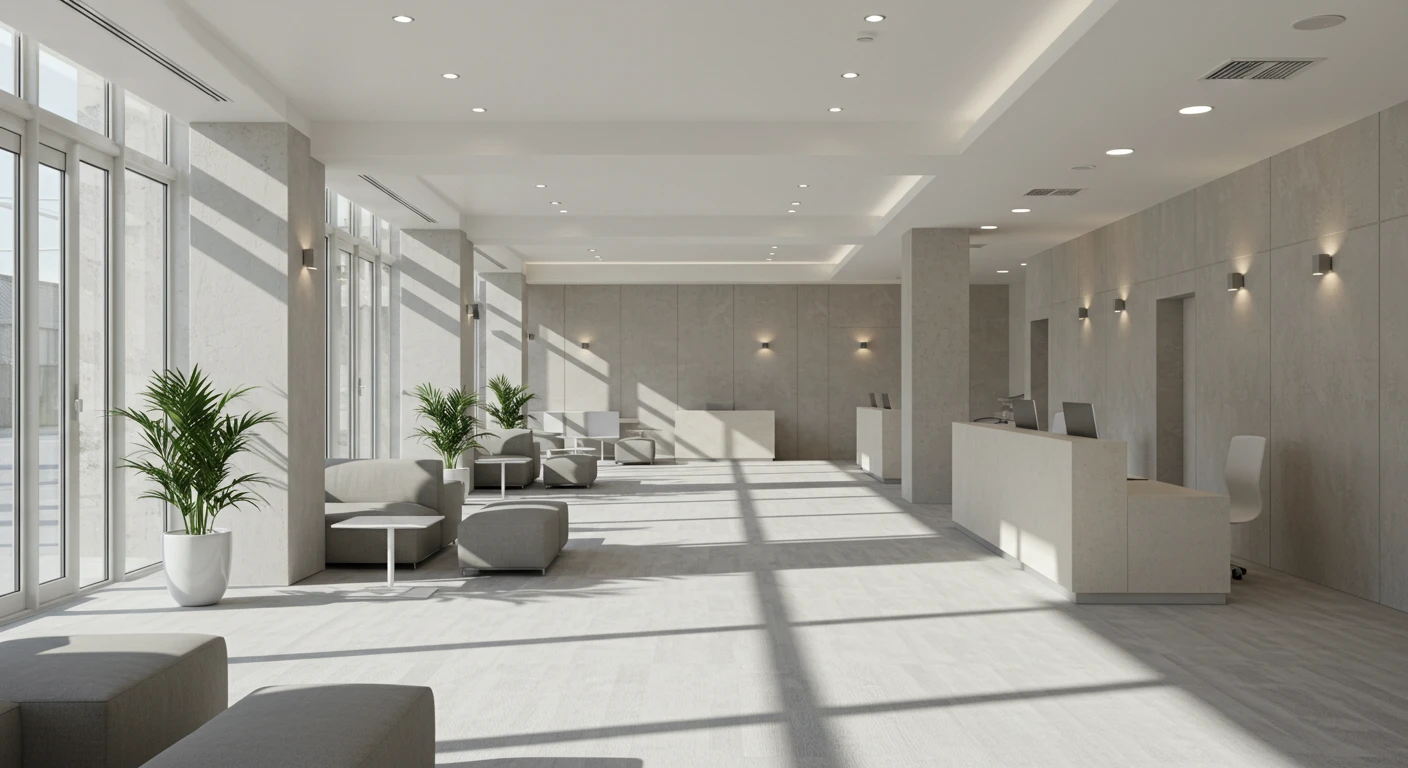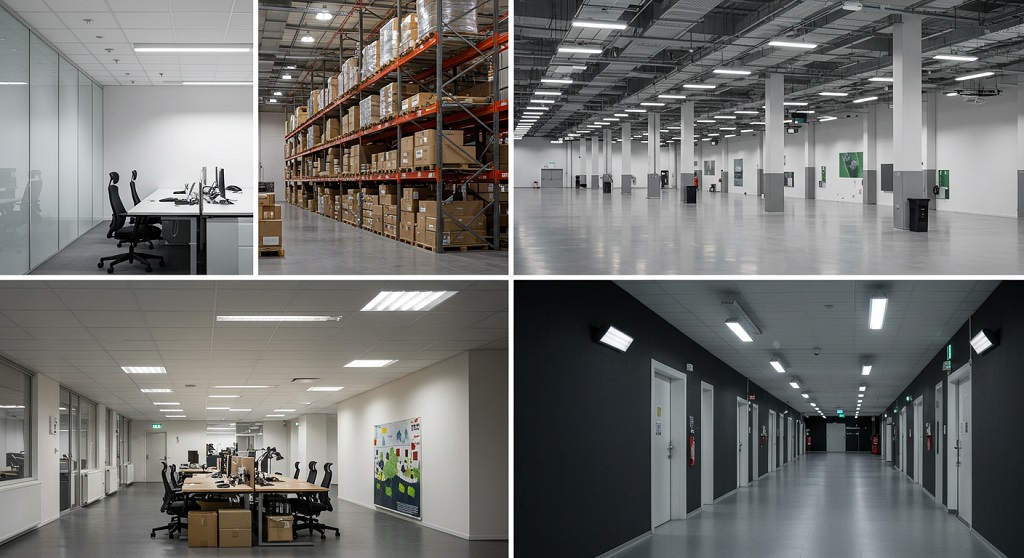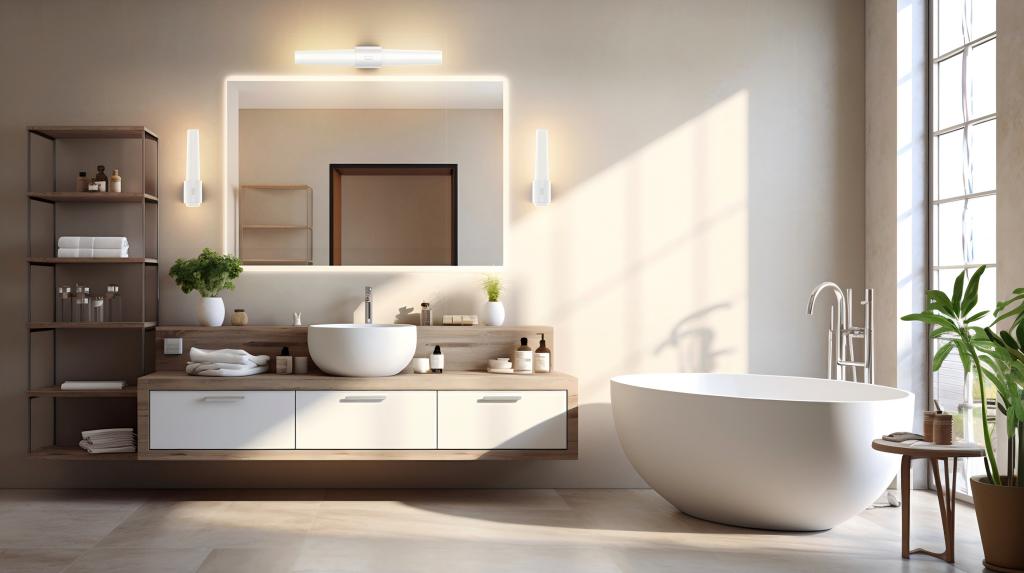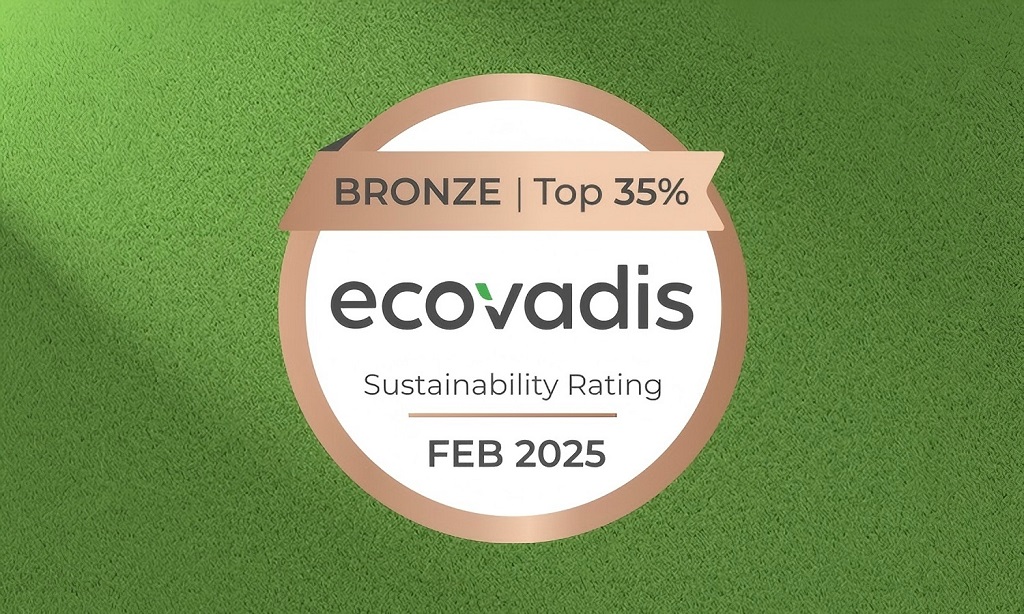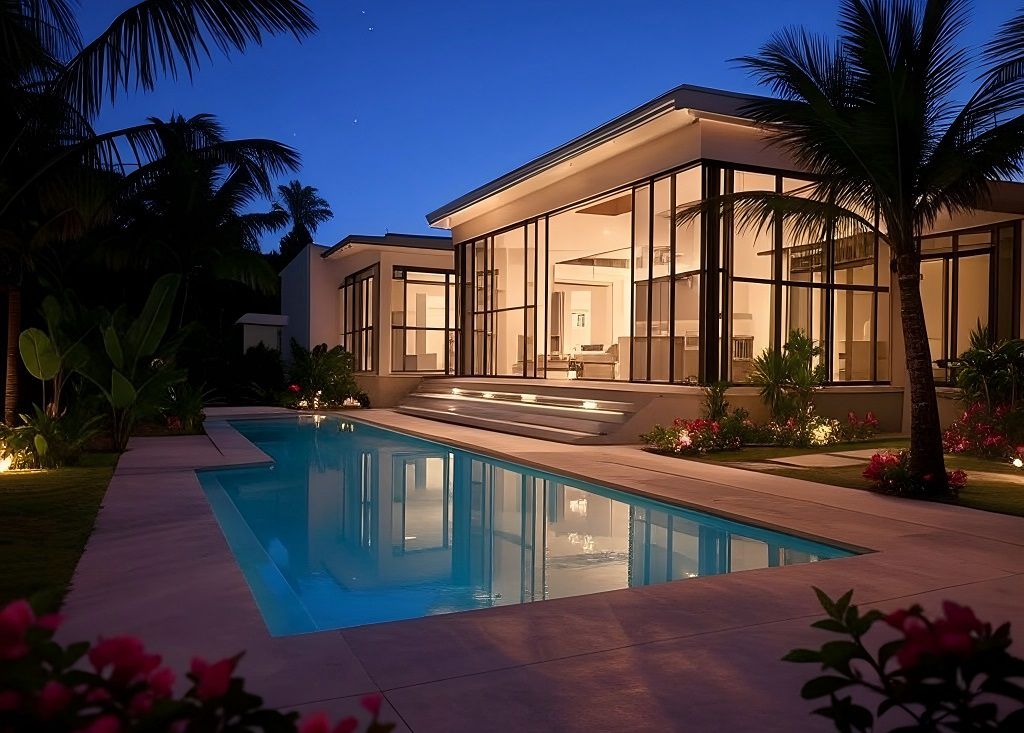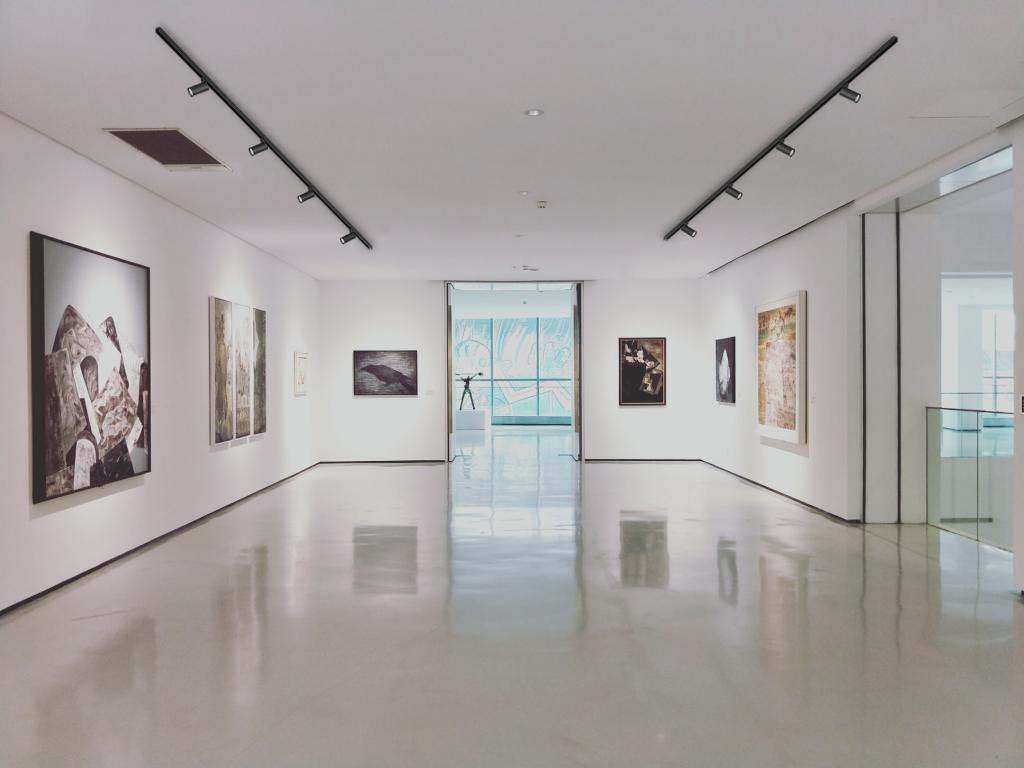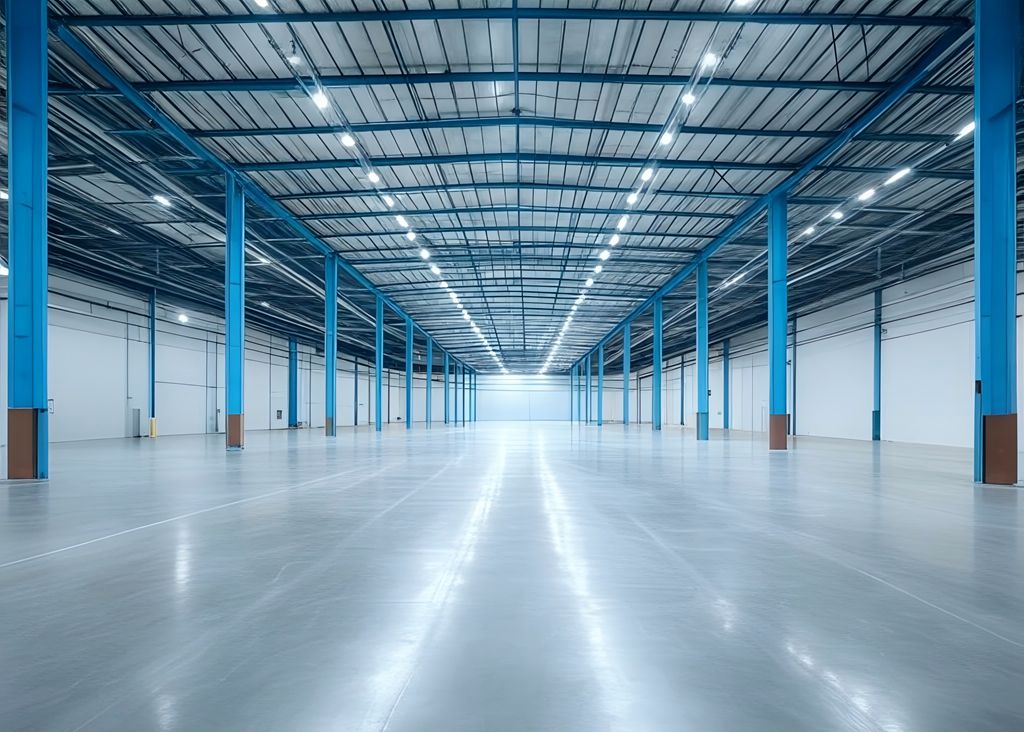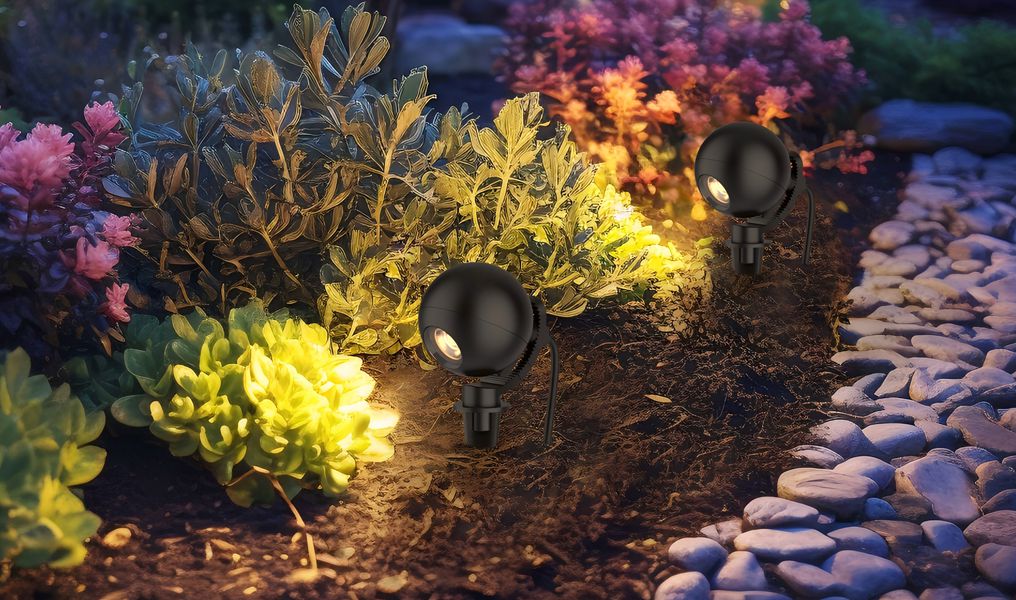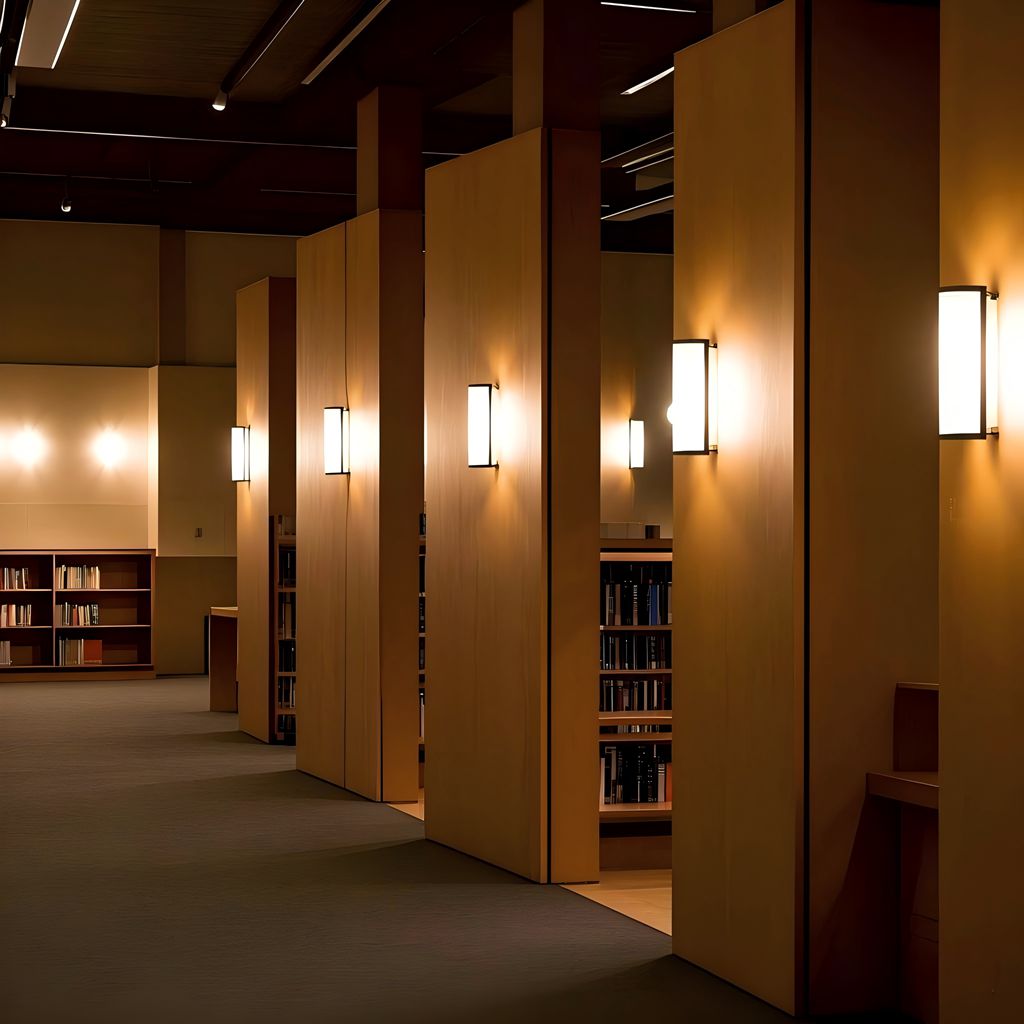Each person working in the illuminating industry may face the question asked by others about the difference between lighting beam angle, shading angle, and cutoff angle. Especially for the clients who intend to buy LED products and are curious about that. Most people will also mix up them. In terms of optical principle, triangles are indistinguishable from each other, but they are relatively independent. Each Angle of light is designed to deal with the effect of the light. So how do distinguish and use them? What are their principles? We'll start with what distinguishes them
What Is Beam Angle?
The angle between two directions whose intensity is 50% of the maximum intensity measured in the plane passing through the nominal beam centerline. For beams without rotational symmetry, the angle of the beam is usually given in two planes of 90 degrees, usually the maximum and minimum angles. In a less technical way, the beam angle forms by an area where lighting from a lighting source or illuminates of a certain intensity. Normally, the beam angle in the illuminated surface is the more intuitive embodiment of the spot and illumination. Under the same conditions, the greater the beam angle, the smaller the central light intensity, the larger the spot, the smaller the illumination, and vice versa, all the opposite.
In addition, the size of the lamp beam angle is also affected by the relative position of the light source and lampshade, for example, in a downlight type chandelier, the same light source installed in a relatively upward position, the beam angle is relatively small if installed downward, the beam angle becomes large.
The Size Of Beam Angle
Smaller beam angles (25° to 45° degrees): These angle lights are mostly displayed above the table when homes might use this bulb in recessed eyeball lights to light a painting.
Medium beam angle (40 degrees): Most used in pendant lights in coffee shops recessed lights in bedrooms and small meeting rooms, etc.
Wider beam angles (60 degrees): A 60-degree beam can be more effective in large rooms, such as movie theaters.
Larger beam angles (60° to 135° degrees): The large angle may mostly be used in commercial places, such as yoga studios, shopping malls, and any large residential application.
Very Large beam angles (120° degrees): Mostly used in the playground, food ball stadium or basketball playground, etc
What Is Shading Angle And Cut Off Angle
The glare exposed everywhere affects our vision, no matter the UV rays from the sun, spill glare light from luminaires, such as ceiling lighting, wall lighting, freestanding lighting, mirror lighting, and downlight lighting, etc. That emitting glare lighting will increase the chance of cataracts and other eye problems under the circumstance of glare lighting. So one of the reasons that shading angle and cut-off angle come out is that they reduce the glare pollution, designed to make a bright and healthy lighting area. The shading angle and cut-off angle are complementary angles of each other.

-
Shielding Angle
Taking the shading angle for this passage’s stress point. The shading angle also named the protection angle, is the angle formed by the line and horizontal line between the light-emitting part (light source or flash part) of the luminaire and the lower edge of the shading grid. It is a measure to use opaque material to block the light emitted to the human eye and reduce glare. General indoor lighting, such as at least 10°to 15° shading angle. When the lighting quality is high, the shading angle of 30° to 45° can increase the shading angle and reduce the efficiency of the lamp under normal horizontal line of sight conditions, in order to prevent direct glare caused by a high-brightness light source, the lamp should have at least 10°to 15° shading angle. For use, the larger the shading angle, the better the anti-glare effect.
-
Cut-off Angle
The angle of light distribution, measured from the lowest point upwards, between the vertical axis and the first row where the bare light source (lamp) is not visible. The cutoff fixture is an IES definition of intensity above 90° (horizontal) no more than 2.5% of lamp lumens, and no more than 10% of lamp lumens at or above 80°In addition, there are different definitions and usage functions of full cutoff angle, semi cutoff angle, and noncutoff angle.
Classification Of Cut-Off Angle: Full cutoff, Cutoff, Semicutoff, Noncutoff.
For any details about the cut-off angle, please note with our next LED knowledge blog.


